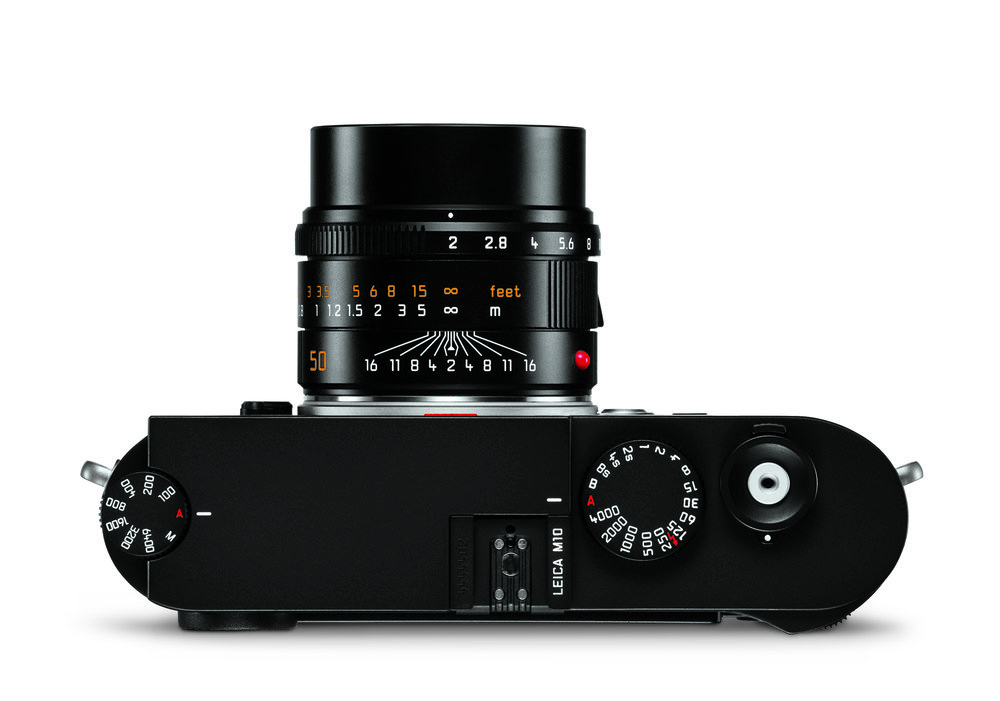
The Leica M rangefinders, whether a purebred M3 from the earliest days or the latest digital M10, have a certain reputation as street photography tools. I the past few years there has been a definite resurgence in the popularity of film Leicas, with M3s, M2s and M4s predominating. Why is the rangefinder so valued for casual about-town shooting? Part of it is tradition, the fact that many great photographers of the past used and loved their Leicas. But the main reason is that the rangefinder method of focus is well suited to to the job.
The viewfinder, with its clearly marked frame lines, allows the user to see outside the frame and notice what is going on around. This is especially do when using a 50mm lens but less so with a 35mm. Manual focus, with its focus and then reframe technique, is actually very quick once you get the hang of it and, in many cases has advantages over autofocus because you can be absolutely certain you are hitting the desired subject.
Zone focus

Above all, though, it is zone focus which is the defining characteristic of the Leica. Set aperture to f/8 on a semi-wide 35mm lens and you can have a satisfyingly wide depth of field which can be adjusted to the environment quickly.
All modern M lenses have a depth-of-field scale which aids pre-focus settings. In general, the wider the lens the deeper the in-focus area. This is what makes the little 28mm Elmarit f/2.8 such a great street photography lens.
Frankly, though, while using a Leica for street photography is great fun, it is by no means the only choice. Almost any compact modern camera is suited to the job and smaller sensors, such as micro four-thirds and even APS-C have a a faithful following. With a smaller sensor, lens for lens and aperture for aperture, you enjoy an even wider depth of field that you do with a full-frame camera, whether digital or film. Somehow, though, the Leica with its old-fashioned mechanical rangefinder never falls out of favour.
Today I came across an interesting article on the photo blog, Photolisticlife (link below), in which the author, John M. Barbiaux explains why he bought his M10. He thinks it is the the perfect Leica camera for street photography:
“If you’re buying the Leica as a status symbol or to sit on a shelf in your office I would say it’s a poor value. There are better looking cameras out there that make better paper weights. If you are buying a Leica because it is the best tool to do the job at hand then I would say it is an excellent value. With that being said, as a working street photographer I would argue that the Leica M10 is the absolute best tool for what and how I shoot…. Until someone comes out with a better range finder the same size (or smaller) and for less money without compromising build/image quality.”
______________

One of these days …I can dream